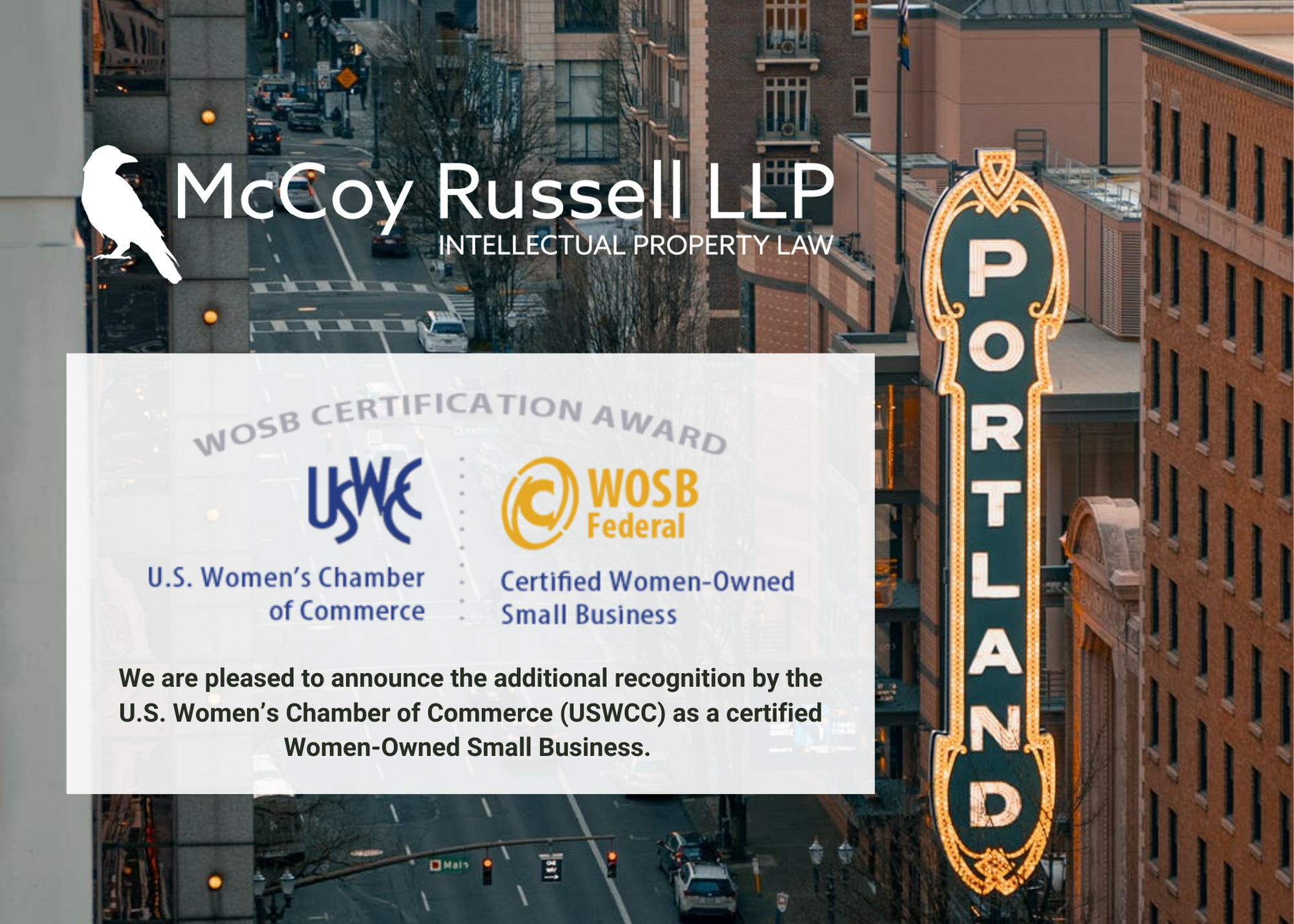
Encountering failures during the innovation process is inevitable. As discussed in Part 1 (link here), these failures along with the identified solutions can and should be part of an overall integrated strategy for building an intellectual portfolio that maximizes valuation. However, inventors are often so focused on protecting what went right, that they forget to protect what went wrong. Additional prompts may be needed to pull out all protectable aspects around a new technology and ensure that the coverage includes both the successes and the failures.
Below are some sample questions you might use when working with inventors to ensure that a comprehensive IP strategy is developed that protects the full scope of the invention.
What problems were encountered when developing the invention, and what were the successful and unsuccessful ways you tried to solve them?
Conception to successful implementation almost never occurs without encountering some problems and failures along the way. As discussed in Part I, not only are the successful approaches valuable, but the less than optimal solutions can also be valuable valuable intellectual property.
What goes wrong if you substitute a material or if process parameters go outside of disclosed ranges?
Often, inventing a new product or process can also include figuring out how to break the product or process by pushing operating parameters too far or trying common substitutions for certain materials. Inventors may be able to share insights as to interesting outcomes that occurred and how the invention failed.
Are there differences between how the invention was originally conceived and how it has been put into practice?
Similar to problems encountered during development, this question may prompt inventors to discuss any unexpected outcomes that resulted in a design or strategy pivot during development.
We hope these questions will help you pursue IP protection that considers the full scope of an invention, whether in patent filings or as a negative trade secret.

